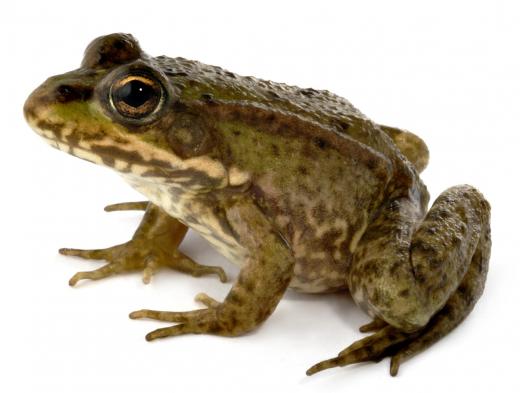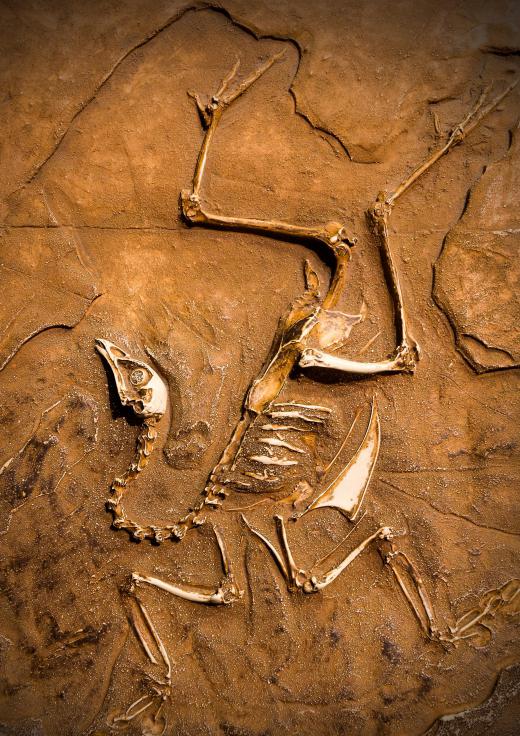What are Vertebrates?
 Michael Anissimov
Michael Anissimov
Vertebrates are animals with a backbone, also known as a spinal column. They make up most of the phylum Chordata, one among 38 animal phyla. All other phyla are exclusively invertebrate. A couple members of phylum Chordata, lancelets and tunicates, are invertebrates. Lancelets just have a notochord rather than a true spinal coumn, and tunicates only have a notochord during early development. Fish, sharks, rays, amphibians, reptiles, birds, and mammals (including humans) are vertebrates.
The main evolutionary reason for the evolution of vertebrates is the need for a strong supportive structure for durability and structural integrity. The spinal column also acts as a superhighway for the nervous system, supporting greater complexity. The first vertebrates are known from fossils in the Maotianshan shales in China, dated to between 525 and 520 million years ago, during an episode of adaptive radiation called the Cambrian explosion. They are simple jawless fishes like Myllokunmingia, bearing a superficial resemblance to modern-day hagfishes. These fish predate other vertebrate fossils by about 30 million years.

Among the vertebrates, fish were the first to evolve limbs and start to walk on land, becoming amphibians. A line of amphibians developed scaly skin and amniotic eggs, becoming the reptiles, the first line of vertebrates to colonize continental interiors. On land, the vertebrate evolutionary strategy is particularly successful for any animals larger than a few cm in length, which must have enough structural integrity to support their own weight. For this reason the largest land animals have been vertebrates for hundreds of millions of years. More recently, the cetaceans (whales, evolving just 50 million years ago from land animals) have been the largest animals of the seas, so vertebrates make up the largest animals both on land and sea.

Vertebrates are named for their vertebra, segmented sections of the spinal column. These segmented sections give the spinal column some flexibility while maintaining its strength. The vertebra are surrounded by nerve fibers that deliver commands, via electrical signals, from the brain to all the limbs. If a vertebrate has its spinal column broken, it usually dies, although humans have developed forms of surgery to repair broken spinal columns as long as the damage is not too great.
AS FEATURED ON:
AS FEATURED ON:
















Discussion Comments
Can you think of any surprising facts you have learned about vertebrates?
I think one of the most interesting things I have come across is learning that there are actually very few vertebrates in the world, considering the number of invertebrates that exist. If you consider all of the named animal species of the world, only 1% is estimated to actually be vertebrates! Most animals we know are things like insects and small sea creatures without spines.
If you have children who are interested in science, teaching them about vertebrates and invertebrates is a great way to get them thinking about how animals are different.
There are lots of great educational videos online and at the library that will teach your kids all about how our physical structure helps us move and why it is important to classify animals.
For free lessons you can look at popular education sites and get your children prepped for early biology class.
If you want to have some fun, bringing a sample of a vertebrate, such as a mouse, and an invertebrate, such as a worm, can really show your kids what you're talking about.
what do vertebrates have in common with other birds?
this is for a biology paper. what do all vertebrates have but only some invertebrates have?
what do all vertebrates have in common with the pattern of their bones in the limbs???
Post your comments